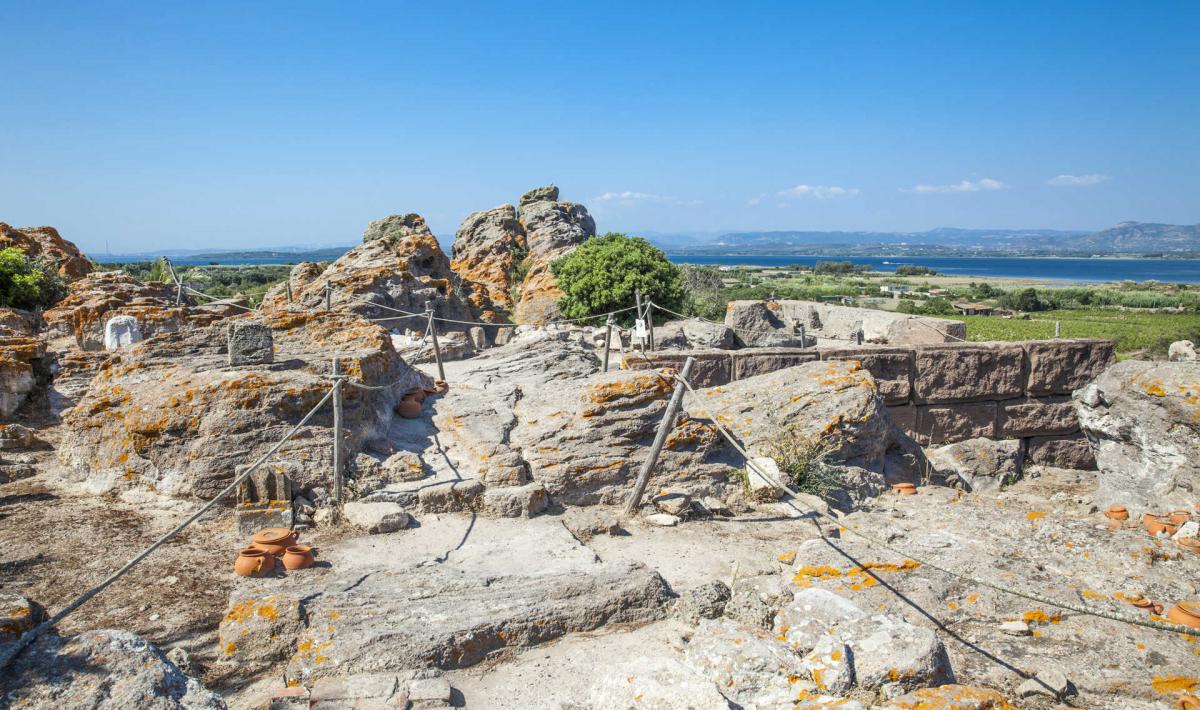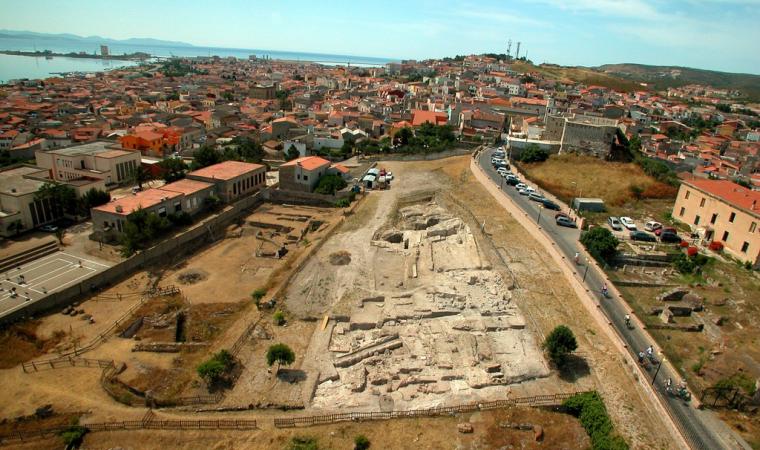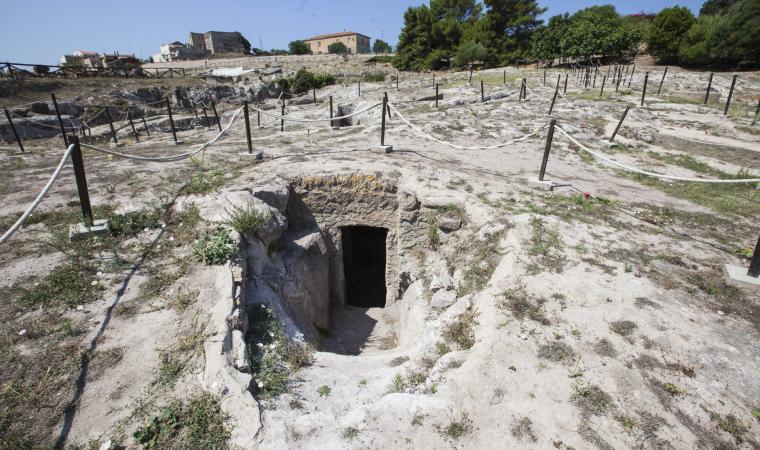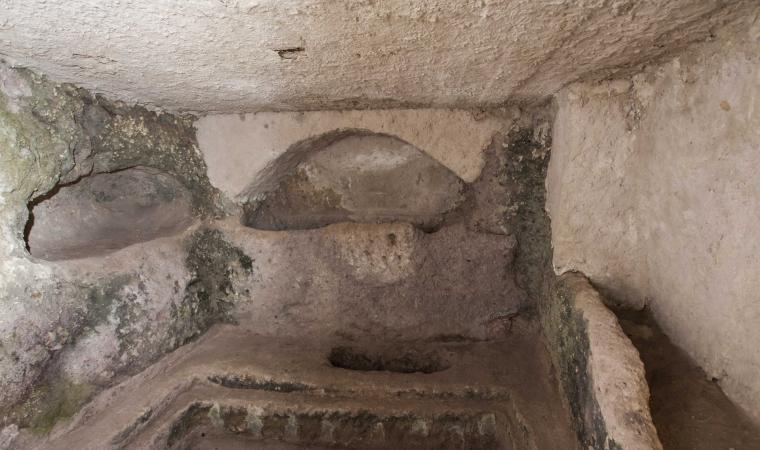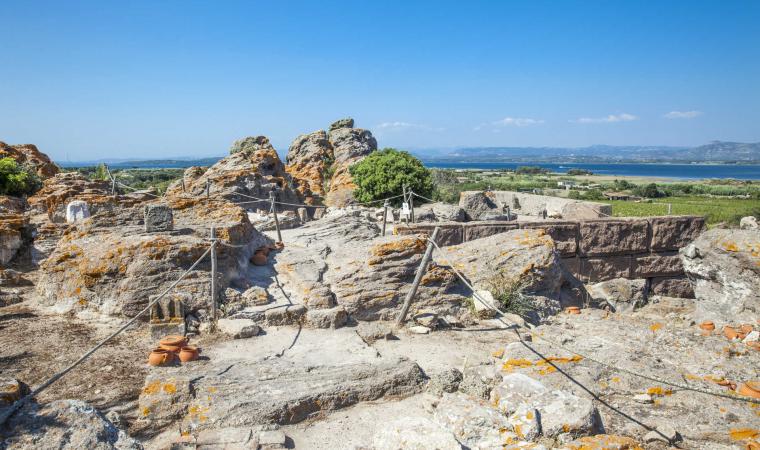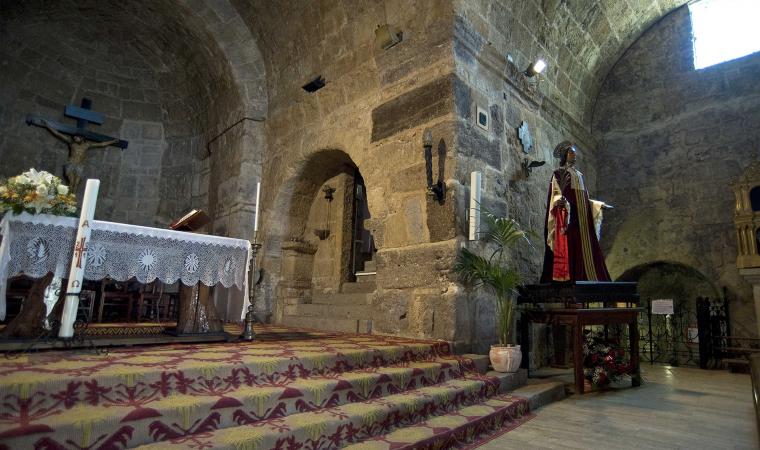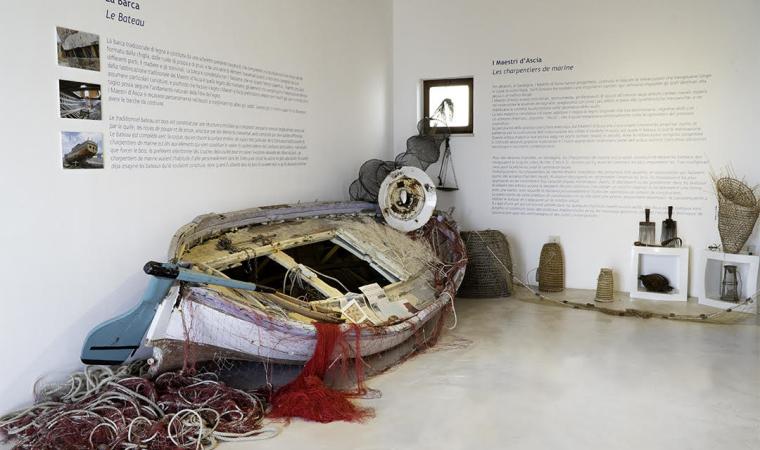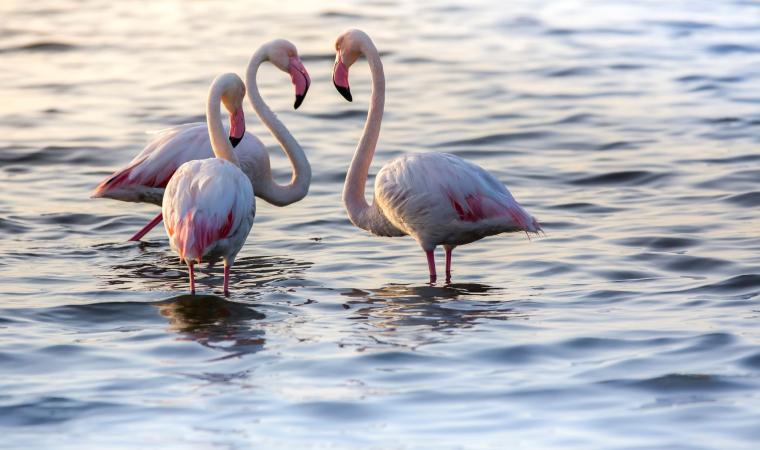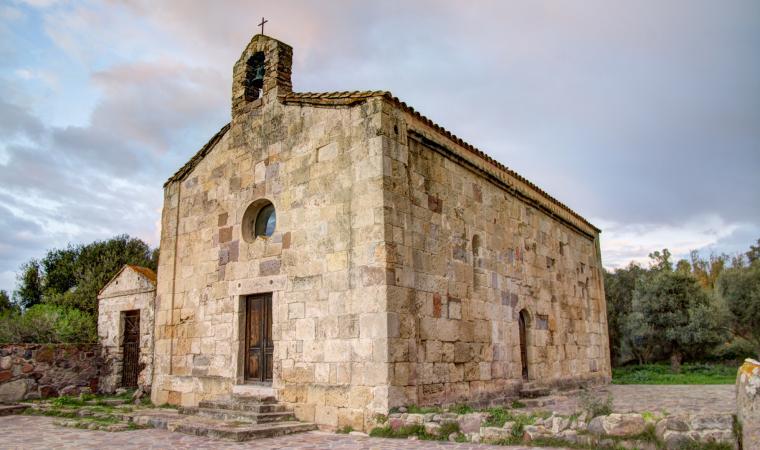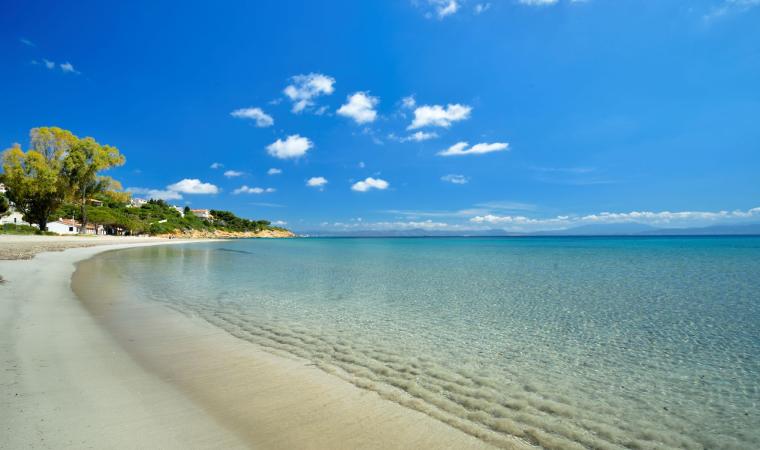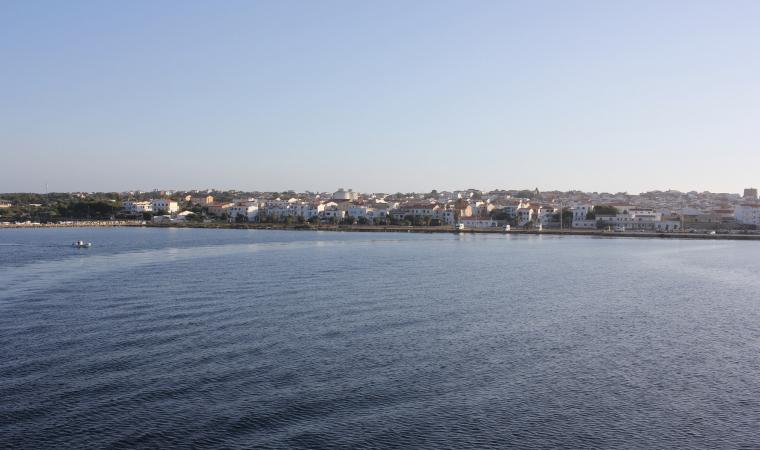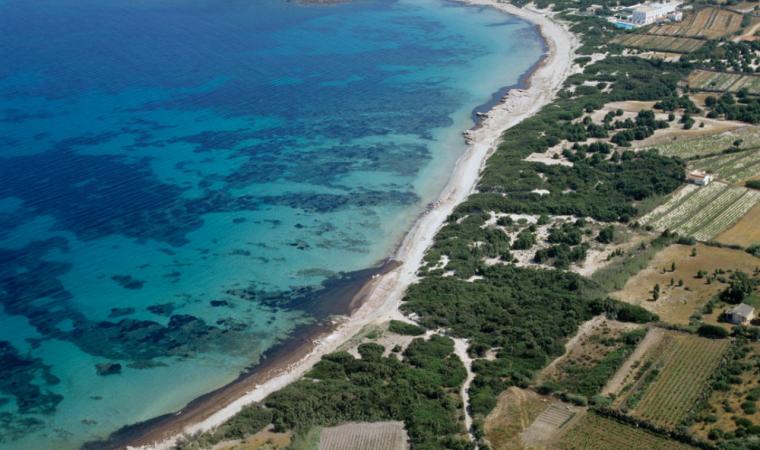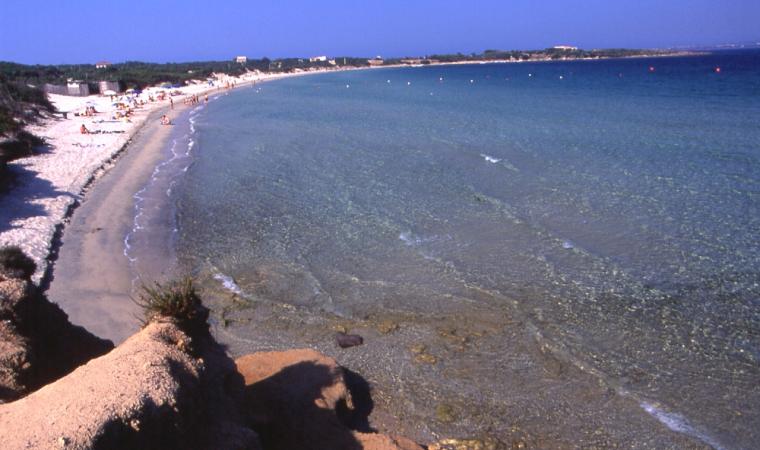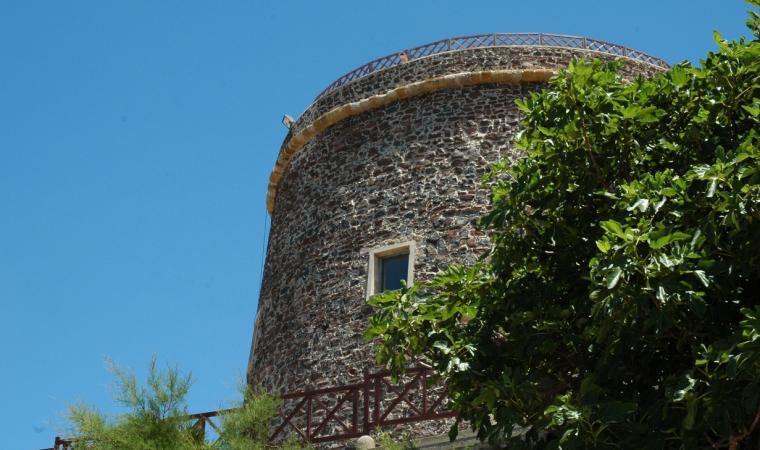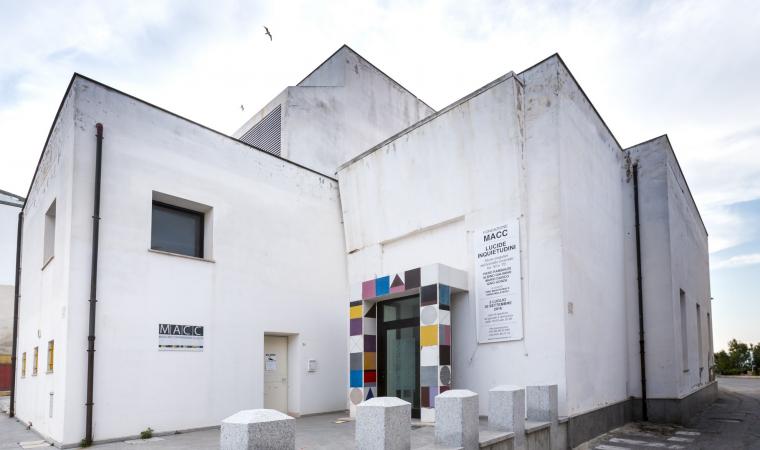In the splendid island of Sant'Antioco, inhabited since the 3rd millennium BC, as confirmed by the domus de Janus at Is Pruinis, the Phoenicians lived peacefully alongside the Nuraghic populations, founding Sulki (later Sulci) in around 770 BC, lending its name to the south-western territory of Sardinia. Trade connections ran from the south-eastern coast to the Iberian peninsula, North Africa and Etruria. Sulki was the arrival point for people from Phoenicia and the colony of Carthage, as well as trade with the Greeks and Etruscans. It became one of the most important Phoenician centres, and passed to the Carthaginians in 520 BC. The Punic victory brought a period of crisis, but Sulci flourished once again thanks to the position of its port and the enormous resources in the territory, including silver.
Your journey through time in Sant'Antioco starts from the tofet, a typical Phoenician sanctuary, where children were cremated and buried in urns. It was positioned in the northern outskirts of the town centre: the urns filled with ashes were placed in rocky recesses, sometimes with commemorative steles. The tofet is an element that links Phoenicians and Punics. The latter brought the practice of burial, where the body was sumptuously dressed and bejewelled before being lowered into the grave together with vases of scented oils and essences. The Punic necropolis, which dates back to the 5th and late 3rd century BC, is particularly impressive. From above, it can be seen extending over the entire hill of the basilica, covering six hectares. Each hypogeum is 40 square metres: archaeologists hypothesise that there were 1500, meaning that Sulci had as many as 10,000 inhabitants, making it one of the largest centres in the Mediterranean. The tombs were composed of an entrance corridor with steps, a landing and a burial chamber. Sometimes they were spread over more than one level. Nearby you can see the remains of the ancient town walls, where a splendid pair of statues representing crouching lions was found. They may once have rested on the gates of the city.
During the Christian era, the Romans built a cemetery of catacombs over the Punic necropolis. Between them, the tofet and the necropolis have given the town museum, named for archaeologist Ferruccio Barreca, utensils, lanterns, amphorae, jewels and masks, on display alongside findings from the Neolithic, the Nuraghic civilisation and the Roman period. Complete your cultural tour by visiting the ancient sanctuary of Sant'Antioco Martire, patron saint of Sardinia, and other archaeological sites such as the standing stones at saMongia e su Para and the tombs of the giants at su Niu e su Crobu.

